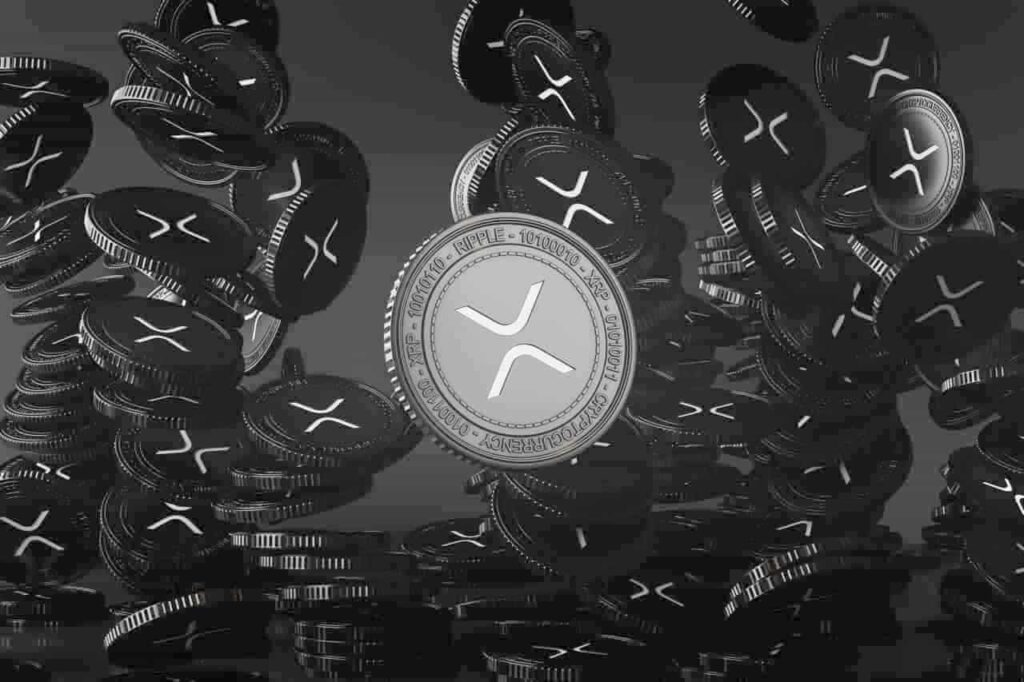Ripple, the largest XRP holder, sold 150 million tokens from this month’s sell-off reserves on May 13. The sale is worth $75 million, representing 0.25% of XRP’s $28 billion capitalization with the token at $0.50.
On May 1, the company released 1 billion XRP from the initial distribution, locked in monthly escrows until 2027. Ripple then sent 200 million XRP to its treasury account and locked the remaining 800 million in new escrows.
As usual, the selling activity resulted from the treasury account, labeled Ripple (1), sending tokens to the unlabeled account rP4X2…sKxv3. This action causes XRP supply inflation—by putting tokens that have never circulated before into circulation for the first time.
In particular, the recent 150 million XRP sale inflates supply by 0.25%, over an estimated 4.35% yearly inflation.

What happened to Ripple’s 150 million sell-off?
After receiving May’s 150 million, Ripple’s destination account rP4X2…sKxv3 kept 50 million and sent 100 million XRP to rhWt2…E32hk. Notably, this is a usual path for the company’s dumps, following a similar pattern to previous months.

If the pattern continues, these accounts will distribute Ripple’s XRP to three to five centralized exchanges for the sell-off. Therefore, the 150 million may create supply pressure on the spot market, potentially affecting the price of XRP.
XRP price analysis
It is noteworthy how Ripple sales directly impact XRP’s price. Historically, the token suffered a local crash most of the time Ripple sold its tokens.
In 2024, only three out of 10 sell-off days had positive price action: February 5, 11, and April 14. All the other seven days were of local crashes, evidencing the importance of monitoring the company’s activities.

As of this writing, XRP was trading at $0.507 per token, down nearly 7% from Ripple’s most recent dump. Interestingly, the relative strength index (RSI) indicates weak momentum for the digital asset, forecasting challenges as Ripple inflates its supply.
Disclaimer: The content on this site should not be considered investment advice. Investing is speculative. When investing, your capital is at risk.







